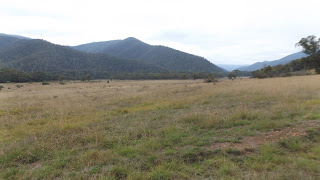Hello All
Since the last update I have been in transit mode. Travelling from Tharomindah to Lismore and towards the coastal areas.
 |
| Nindigully Pub |
 |
| a day too late |
With this weekend being a long weekend and also the last few days of New South Wales School Holidays I am hanging back from the Coastal areas.
Once all that is over I plan to start through the Gold Coast, Brisbane and Sunshine Coast areas and probably Fraser Island before venturing further North for Winter.
Bye for now.








































